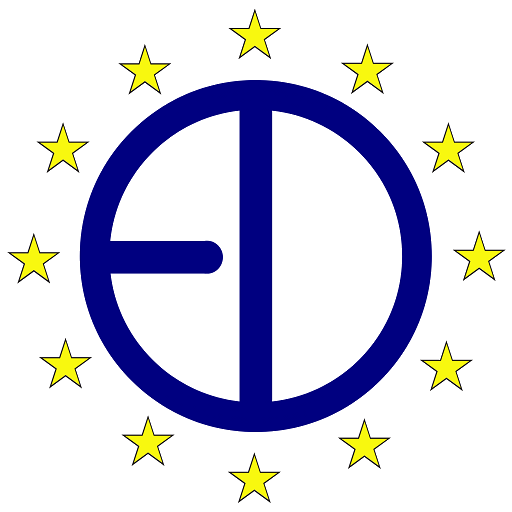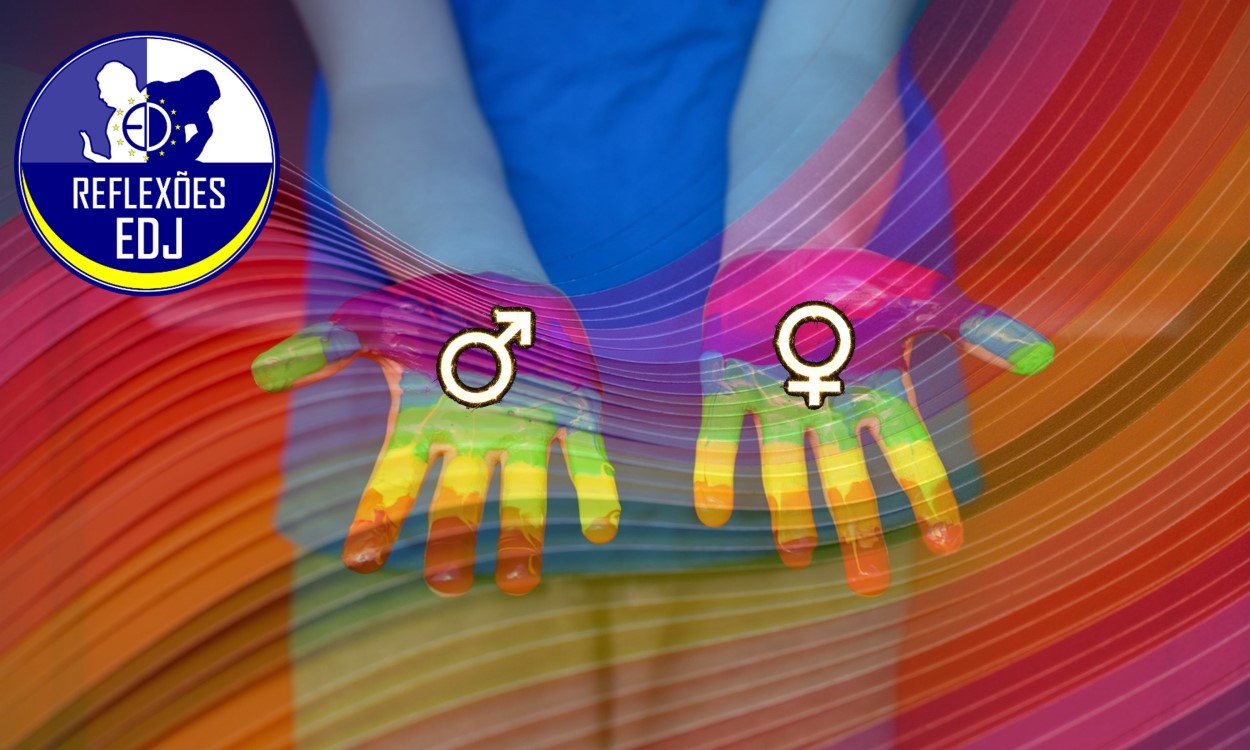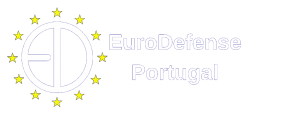Introduction
Over the last few years, International Humanitarian Law has failed to ensure the exercise of Human Rights by everyone. Although there are several reasons that justify this reality, there is one that stands out: the failure to include a gender perspective within its provisions.
Therefore, this essay intends to analyse the inclusion of a gender-based approach within International Humanitarian Law. In order to do so, it examines the existing provisions, explains where they have failed and includes the methods designed to improve them.
The gender perspective in International Humanitarian Law
International Humanitarian Law (henceforward, IHL) adopts a gender-neutral approach which, in specific cases, can be problematic, especially if we combine it with a gender-blind application[1]. The concept of formal equality adopted by IHL is reiterated throughout the Geneva Conventions and their Additional Protocols, which require that protection ought to be provided[2] “without any adverse distinction founded on sex”[3].
However, there are many provisions in IHL that establish special protection to women[4]. For example, women shall be provided with separate dormitories and conveniences from men[5] and the laboring tasks allocated to them[6], as well as the disciplinary measures, cannot be more severe than the ones assigned to men[7].
Gender-neutral laws fail to generate equal results because they do not recognize the different ways in which a conflict affects both men and women[8]. In order to ensure a non-discriminatory effect, it is important to consider the causes of inequalities in societies, which can be achieved through an analysis of the gender dimensions in the specific context as a starting point for all the decisions[9].
Feminist legal theorists maintain that armed conflict situations impact men and women in a different way and reinforce pre-existing inequalities within society[10]. IHL’s gendered nature has been criticized by them for two main reasons. On the one hand, they argue that IHL’s legal framework prioritizes men while considering women as victims or child-raisers[11]. On the other hand, they criticize the historical failure on prosecuting rape as a war crime, on clarifying its illegality[12] and on prioritizing it within the major legal instruments[13].
Human Rights and Gender-Based Approach
The Human Rights and Gender-Based Approach (henceforward, HRGBA) looks at the existing reality focusing on its inequalities. They are considered the centre of the problem, a violation of the human rights itself, which triggers vulnerable groups, making them the most affected in these situations[14].
The aim of a HRGBA action is correcting gender-related and discriminatory behaviours, as well as the unfair distribution of power, opportunities and resources in the world, through identifying the root causes of the main development issues[15].
HRGBA interventions establish that all actions shall aim at ensuring that everyone has full exercise of their rights. This will only be possible if there’s a change, not only in the way the military conducts its actions, but also in the way it examines the specific context, identifies the existing problems, defines and implements strategies[16].
For this approach to be effective, different elements ought to be considered. Firstly, the cultural sensitivity needs to be studied. This requires an engagement with the local language, traditions and institutions because some concepts may seem unfamiliar and felt as foreign by the communities. Human rights are based on universal principles, so translating them and finding points of connection with the local values is very important to transmit a clear message[17]. Analysing the conflict sensitivity is also crucial in order to identify the impact of a planned intervention, and thus, avoid the possible negative effects that can derive from it[18].
There are many positive outcomes of following a Human Rights and Gender- Based Approach in the context of a conflict. First, through a broader intervention, it highlights and deals with social inequalities. Second, it emphasizes the necessity to gather more data and better evidence of human rights violations. Lastly, it creates awareness and demands accountability[19].
Armed forces play a decisive role in ensuring that the gender perspective is considered in every phase of the military operations and in the decision-making processes. To achieve that, it is crucial that the leadership level adopts a gender-based approach. Besides that, it is important to institutionalize gender perspectives within doctrines, policies and procedures. Giving advice to those in the field is vital and it can be achieved by creating Gender Advisors. Lastly, the gender perspective also ought to be integrated into the education system[20].
The concept of gender
The impact of a conflict is greater on women due to gender inequality. Therefore, establishing a gender perspective in IHL fosters progress towards reducing the harm suffered by women and girls in this scenario[21]. As it was said before, IHL adopts a gender- neutral approach. However, its application ends up being unequal because of the stereotyped perceptions of men and women[22].
The concept of gender is “more than just biological”, it relates to the social and cultural expectations about men and women and the roles assigned to them on the basis of their sex[23]. However, it is often associated to the needs of women, which is a very reductive conception of the term. Patricia Viseur Sellers has emphasized the reductionist concept of gender adopted in the context of war crimes prosecutions stating that:
Gender depends on the meaning given to males and females in the context of a society. So, we often speak in “reductionist” terms, reducing gender to women, and when we refer to gender strategy reducing it to sexual violence committed against women and girls. This is unfortunate. There is room for growth[24].
The Rome Statute of the International Criminal Court has also established a definition of gender, in his article 7(3), as referring to the two sexes – male and female – within the context of society[25]. This inclusion of the term is positive because it reflects its increasingly application in international law. However, some people claim that this is a very narrow definition that confuses the notions of “gender” and “sex”, as if they meant the same and, therefore, doesn’t recognize the underlying social constructions of gender. The way in which the ICC interprets the term “gender” will impact its ability to prosecute and apply the law to the cases[26].
A broader perspective of the concept is essential to ensure strong protection. Women and men cannot be treated as static categories, otherwise IHL will not be able to protect those who don’t fit in either of them[27].
The role of women
In the context of war, women had to adopt to new roles while still undertaking traditional functions. They became breadwinners, leaders and activists and they did it with determination and strength. Their ability to adapt and assume different roles was crucial for the protection of their communities[28].
In the last decade, women have increasingly engaged in combatant roles, breaking the gender stereotype. Although this reality has been considered in the Geneva
Conventions and their Additional Protocols, the provisions that protect women as combatants are still few compared to those that view them as vulnerable[29].
In the context of an armed conflict, women and girls have also engaged in crimes. It happened, for example, in the Ruanda genocide in 1994 and, as a result of cultural assumptions, they started being treated as “monsters”[30]. Gender stereotypes, which consider women as innocent, caring and vulnerable, can’t be used as a way to either censure or justify atrocities[31].
Social pressures towards female actors are not consigned to the battle field. Women soldiers struggle to reintegrate in society because their actions during the conflict don’t fit into the gendered expectations of the communities where they used to belong. Besides that, women are often unwilling to comply with traditional gender rules and some of them broke the bond they had with their families to join the conflict. Furthermore, marriages with ex-combatants usually fail when the conflict is over and, sometimes, they return with a disability that makes them less desired by men as wives[32].
Sexual violence
As it was stated earlier, there has been a historical lack of prosecution of rape and other forms of sexual violence. It was the jurisprudence from the international criminal ad hoc tribunals that legally confirmed them as war crimes, crimes against humanity and, in certain circumstances, genocide[33].
The Security Council Resolution 1325 has been seen has an important development in this issue. Essentially, it called on states to increase the participation of women in the promotion of peace and conflict resolution, as well as to protect them from gender-based crimes[34]. Nevertheless, scholars have mentioned that this resolution fails to recognise men as victims of sexual violence. This only happened in Resolution 2467, which still failed to intersect gender identity and sexual orientation[35].
There is a lack of discussion and jurisprudence concerning sexual violence against men[36]. In order to reverse this situation, the international community, especially the people involved in the conflict, has to recognize that men are also victims of this crime and deserve equal acknowledgement and protection[37].
Sexual violence is often used against men as a way to humiliate the victims, making them feel weak and powerless in a structure based on gender stereotypes. The prosecution of these cases has been rare due to the lack of report, which can be explained by the shame and fear felt by the victims, as well as the social stigma associated with sexual crimes and homosexuality[38].
Therefore, it is necessary to ensure greater recognition of these crimes so that they’re reported and prosecuted effectively. Besides that, armed forces need to be properly trained and a gender perspective shall be included in military manuals and rules of engagement in order to enhance the military operations[39].
Improving protection
The Inter-Agency Standing Committee (IASC) has defined protection as the ‘activities aimed at obtaining full respect for the rights of the individual in accordance with the letter and spirit of the relevant bodies of the law’[40].
Therefore, protection strategies need to be put at the centre of humanitarian action, because they ‘enhance physical or psychological security or, at least, reduce insecurity for persons, groups and communities under threat’, as it was stated by ECHO[41].
For these strategies to be effective and as suitable as possible, it is important to listen to the local population before planning them[42]. Furthermore, to ensure a non- discriminatory action, understanding the different ways in which the means and methods of warfare affect people is crucial[43].
The armed forces are often the first on the local and sometimes they operate in remote areas. As such, their role in reporting sexual exploitation and abuse will help to overcome the existing difficulties, namely the hesitation to come forward due to social stigmas[44].
As it was stated before, armed conflicts have a greater impact on women[45]. Therefore, integrating them within the military is essential to provide peace and security. However, this will only happen once they are given the same opportunities as men[46]. This reality ought to be complemented with the improvement of women’s legal protection, which has been done mostly through soft law, as an alternative to drafting more treaties[47].
The scope of the IHL is very restrict as it stops applying when the conflict ends, even if the violence keeps spreading[48]. As such, for protection to be enhanced, IHL has to comply with its obligations before, during and after the conflict has erupted. This includes teaching and training military forces, making a legal review of the means and methods of warfare, returning prisoners of war once the hostilities have ceased and prosecuting the accused of violating IHL, irrespectively of their gender[49].
Conclusion
Summing up, the gender perspective on IHL emphasizes two main principles. On the one hand, that experiences of both men and women participating in war need to be recognized and validated, rather than reduced to stereotype. On the other hand, that IHL applies to all participants in war regardless of gender[50].
The provision of a gender perspective in this context is, therefore, very useful and has been acknowledged through the appointment of gender advisers in international criminal tribunals and in the International Criminal Court[51].
17 de outubro de 2021
Clara Ribeiro
EuroDefense Jovem-Portugal
[1] Lotta Ekvall, ‘The Additional Protocols 40 Years Later: New Conflicts, New Actors, New Perspectives’ (2017) International Institute of Humanitarian Law, p. 2.
[2] Helen Durham and Katie O’Byrne, ‘The dialogue of difference: gender perspectives on international humanitarian law’ (2010) International Review of the Red Cross 31, p. 38.
[3] Geneva Convention I, art. 12; Geneva Convention II, art. 12; Geneva Convention III, art. 16; Geneva Convention IV, art. 27; Additional Protocol I, art. 75; Additional Protocol II, art. 4. cited in Helen Durham and Katie O’Byrne (n 2), p. 38.
[4] Helen Durham and Katie O’Byrne (n 2), p. 38.
[5] Geneva Convention III, arts 25, 29, 97 and 108. cited in Helen Durham and Katie O’Byrne (n 2), p. 39.
[6] Geneva Convention III, art. 49. cited in Helen Durham and Katie O’Byrne (n 2), p. 39.
[7] Geneva Convention III, art. 88. cited in Helen Durham and Katie O’Byrne (n 2), p. 39.
[8] Emily Sullivan and Dr. Jeni Klugman, ‘Adding a Gender Perspective to International Humanitarian Law’ (2021) Georgetown Institute for Women, Peace and Security.
[9] Lotta Ekvall (n 1), p. 2.
[10] ‘International Humanitarian Law and Gender’ (2008) ICRC, p. 4.
[11] Helen Durham and Katie O’Byrne (n 2), p. 34.
[12] Helen Durham and Katie O’Byrne (n 2), p. 35.
[13] ‘International Humanitarian Law and Gender’ (n 10), p. 4.
[14] ‘The Human Rights and Gender-Based Approach in the context of a chronic humanitarian crisis: The Gaza Strip’ (2016) Institut de Drets Humans de Catalunya, p. 9.
[15] ibid, p. 9.
[16] ibid, p. 4.
[17] ibid, p. 10.
[18] ibid, p. 11.
[19] ibid, p. 5.
[20] Lotta Ekvall (n 1), p. 5-6.
[21] Alex Boivin, ‘A gender perspective is critical to ensuring respect for International Humanitarian Law’ (2022) ICRC.
[22] ‘International Humanitarian Law and Gender’ (n 10), p. 7.
[23] ibid, p.6.
[24] Patricia Viseur Sellers, ‘Gender strategy is not a luxury for international courts’ (2009) 17 American University Journal of Gender, Social Policy and the Law, p. 301 cited in Helen Durham and Katie O’Byrne (n 2), p. 33.
[25] Helen Durham and Katie O’Byrne (n 2), p. 33.
[26] Valerie Oosterveld, ‘The Definition of “Gender” in the Rome Statute of the International Criminal Court: A Step Forward or Back for International Criminal Justice?’ (2005) 18 Harvard Human Rights Journal 55, p. 55-57.
[27] Helen Durham and Katie O’Byrne (n 2), p. 32.
[28] Alex Boivin (n 21).
[29] Helen Durham and Katie O’Byrne (n 2), p. 37.
[30] Nicole Hogg, ‘Women’s participation in the Rwandan genocide: mothers or monsters?’ (2010) International Review of the Red Cross cited in Helen Durham and Katie O’Byrne (n 2), p. 40-41.
[31] Helen Durham and Katie O’Byrne (n 2), p. 41-42.
[32] ibid, p. 43.
[33] ‘International Humanitarian Law and Gender’ (n 10), p. 4.
[34] Zainab Hawa Bangura, ‘Sexual Violence: a Tool of War’ (2014) United Nations, p. 2.
[35] Rui Garrido, ‘Mapping the Invisible Rape: Men and Boys as Victims of Sexual Violence in Armed Conflict’ (2021) Instituto da Defesa Nacional 151, p. 159-160.
[36] ‘International Humanitarian Law and Gender’ (n 10), p. 5.
[37] Helen Durham and Katie O’Byrne (n 2), p. 47.
[38] ibid, p. 48.
[39] ‘International Humanitarian Law and Gender’ (n 10), p. 11.
[40] The Human Rights and Gender-Based Approach in the context of a chronic humanitarian crisis: The Gaza Strip’ (n 14), p. 5.
[41] ibid.
[42] Lotta Ekvall (n 1), p. 3.
[43] ibid, p. 5.
[44] ibid, p. 3.
[45] Alex Boivin (n 21).
[46] Lotta Ekvall (n 1), p. 6.
[47] Helen Durham and Katie O’Byrne (n 2), p. 36-37.
[48] Emily Sullivan and Dr. Jeni Klugman (n 8).
[49] ‘International Humanitarian Law and Gender’ (n 10), p. 3.
[50] Alex Boivin (n 21).
[51] ibid.
NOTA:
- As opiniões livremente expressas nas publicações da EuroDefense-Portugal vinculam apenas os seus autores, não podendo ser vistas como refletindo uma posição oficial do Centro de Estudos EuroDefense-Portugal.
- Os elementos de audiovisual são meramente ilustrativos, podendo não existir ligação direta com o texto.







